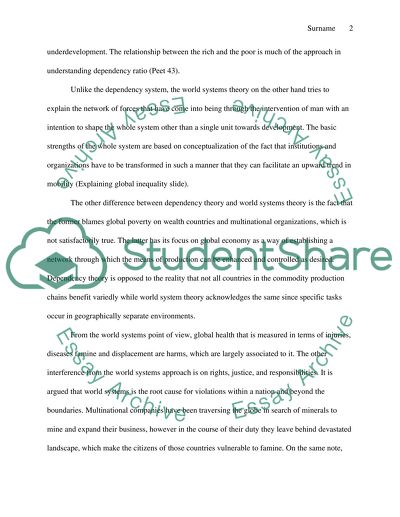Cite this document
(“Global Health Coursework Example | Topics and Well Written Essays - 1500 words”, n.d.)
Global Health Coursework Example | Topics and Well Written Essays - 1500 words. Retrieved from https://studentshare.org/sociology/1470896-global-health
Global Health Coursework Example | Topics and Well Written Essays - 1500 words. Retrieved from https://studentshare.org/sociology/1470896-global-health
(Global Health Coursework Example | Topics and Well Written Essays - 1500 Words)
Global Health Coursework Example | Topics and Well Written Essays - 1500 Words. https://studentshare.org/sociology/1470896-global-health.
Global Health Coursework Example | Topics and Well Written Essays - 1500 Words. https://studentshare.org/sociology/1470896-global-health.
“Global Health Coursework Example | Topics and Well Written Essays - 1500 Words”, n.d. https://studentshare.org/sociology/1470896-global-health.


